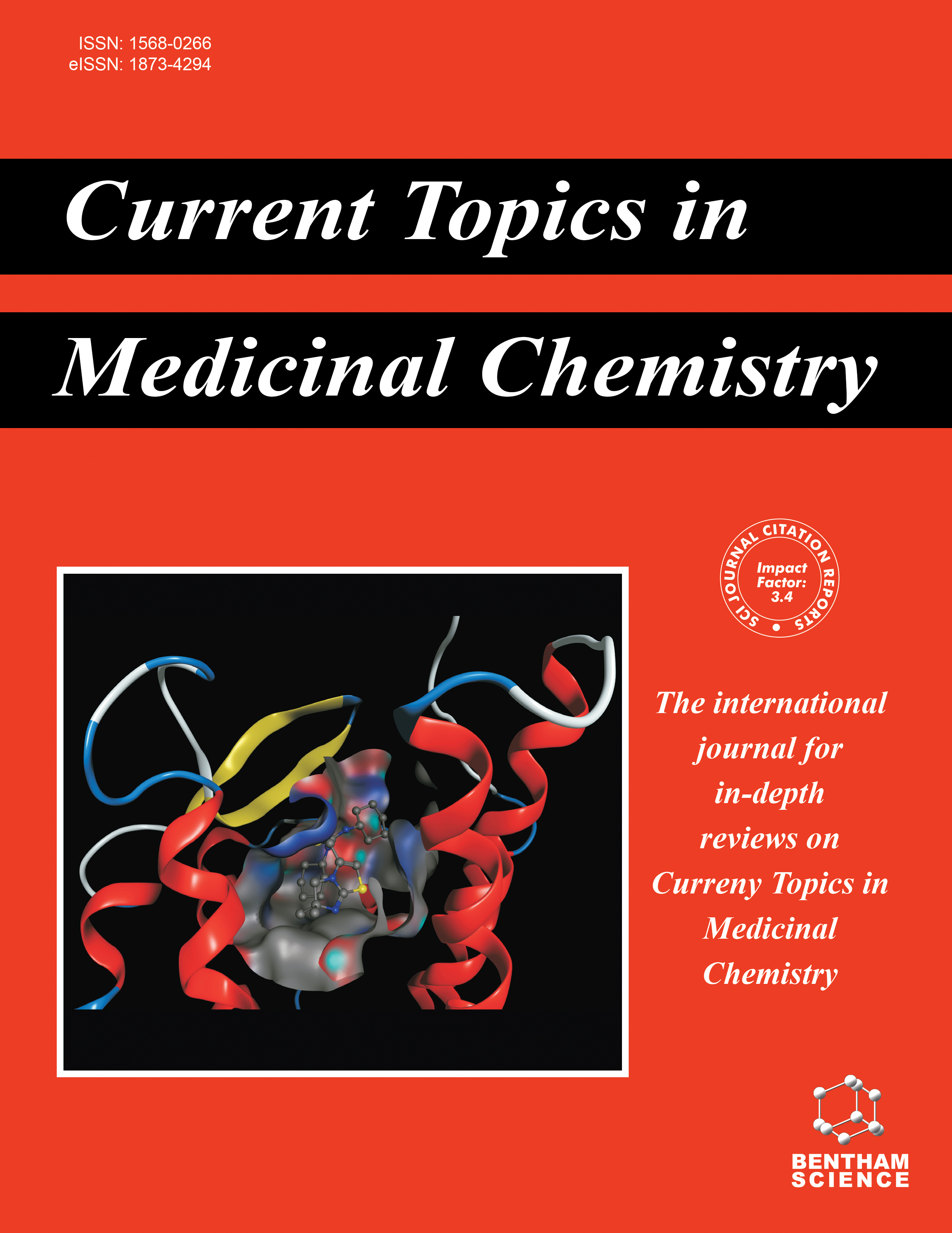-
oa Editorial [Hot Topic: Recent Developments in Prodrug Design: Drug Targeting, Pharmacological and Pharmacokinetic Improvements Related to a Reduction of Adverse Effects (Guest Editors: Daniela Melisi & Maria Grazia Rimoli)]
- Source: Current Topics in Medicinal Chemistry, Volume 11, Issue 18, Sep 2011, p. 2264 - 2264
-
- 01 Sep 2011
- Previous Article
- Table of Contents
- Next Article
Abstract
Nowadays, prodrugs are widely exploited in the pharmaceutical industry to obtain new and more effective therapeutic strategies at the lowest costs. In commenting about the success of this pharmaceutical innovation, it is enough to say that the currently commercialized prodrugs are definitely comparable to new synthetic drugs in terms of both their pharmacodynamic and pharmokinetic profiles. Accordingly, this approach does deserve further development in an effort to ameliorate the efficacy of the already exploited strategies. Nonetheless, despite the encouraging results obtained so far, the mainstream pharmaceutical industry still seems to express a note of skepticism about its effectiveness. Thus, in an attempt to dismantle any possible bias accruing against the prodrug strategy, this issue will take a look at the chemical classification, synthetic schemes, pharmacological efficacy, and pharmacokinetic improvements that characterize the novelty of this field. For decades the principal concern of pharmaceutical chemistry has been to design a broad range of new synthetic analogues structurally related to an active lead compound, causing, in the process, an unnecessary waste of time and economic resources. On the other hand, prodrugs, being bioreversible derivatives of active drugs, are much easier to synthesize, have a much higher probability of being active with fewer adverse effects, and, more important, entail far lower costs to synthesize. These reasons have thus generated considerable interest in the pharmaceutical industries committed to improving health by designing drugs at lower costs and in a shorter period of time without, though, having to undermine the therapeutic efficacy. Indeed, a burgeoning body of evidence has indicated that several prodrugs have already been successfully exploited in the treatment of several specific pathologies, including hypertension, colon diseases, cancer, hepatic and renal dysfunctions, disorders of the central nervous system, as well as viral infections. Thus, we hope that our readers by having the opportunity to glance at the whole issue, which indeed attempts to provide a comprehensive outlook of the chemical classification, the pharmacodynamic and pharmacokinetic profiles of these types of drugs, as well as their clinical application, will eventually acknowledge the need and the importance of developing and refining this new but undeniably promising pharmacological approach. Lastly, we are deeply grateful to our reviewers, who by taking part in the accomplishment of this issue, have also significantly contributed to the prodrug research.


